Special Issue:
ANZCA 2016
Editorial
The request from the conveners of last year’s ANZCA conference to Global Media Journal (Australian Edition) to publish a selection of papers is a welcome development for our journal. In now our eighth year of publication, we sense that we have made a significant contribution to the communication and media studies community in Australia.
The ANZCA theme at Swinburne was ‘The digital and the social: communication for inclusion and exchange’. Dr. Diana Bossio and her team at Swinburne University, Melbourne, have edited an excellent selection of papers, and we thank Dr. Bossio for thinking of GMJ/AU for this opportunity to showcase ANZCA scholarship at this time.
As usual I acknowledge the great effort of the GMJ/AU editorial team for their production work on this issue especially Myra Gurney, Antonio Castillo and Roman Goik.
Our next issue is underway and will feature a special section edited by Dr. Abby Lopes and Dr. Alison Gill from the University of Western Sydney’s Bachelor of Design program. The special issue will be based on a selection of papers from the ‘Initiating Change by Design’ symposium held at UWS Parramatta campus in 2014.
Hart Cohen
Guest Editorial
I am very proud to present this special edition of Global Media Journal, Australia which showcases research presented at the Association’s 2014 conference at Swinburne University in Melbourne. This is the first time that GMJ AU and ANZCA have collaborated to disseminate some of the important and innovative research produced by ANZCA members and I hope that this relationship might continue into the future.
It is my role as the new president of ANZCA to promote and support the work of media and communications scholars in the Australia and New Zealand region. For those GMJ AU readers who may be unaware of the work of ANZCA, this special issue is a fantastic opportunity to present some of the outcomes of the Association’s many networks and relationships. ANZCA is the peak professional association for communication scholars and practitioners in Australia and Aotearoa New Zealand and its annual conference has provided an important opportunity for presentation and discussion of research and practice in varied communications disciplines. The 2014 ANZCA Conference was held in July, and was attended by over 250 local and international media and communications scholars. The program featured international keynote speakers including Professor Robert Picard, Director of the Reuters Institute at Oxford University and Dr. Jason Farman, a locative media expert from the University of Maryland. Attendees also had access to special opportunities including a discussion of freedom of speech with the Human Rights Commissioner of Australia, Tim Wilson about freedom of speech in Australia. ANZCA also sponsored an artist-in-residence at the conference, games academic and media artist Dr. Troy Innocent an urban street game especially for the conference.
This year the conference theme was ‘The digital and the social: communication for inclusion and exchange’, and this provided an opportunity for discussion of social media and the paradoxical nature of our ubiquitous communications environment. The utopian vision is that these platforms have been developed for different communicative needs; to protest, to raise awareness of social issues, to publicise political actions, to unify minority voices and to create new media forms. However more recently critics have cautioned that social and digital media have also been used to stifle communication, to repress minorities and to ensure violent sanction against those who press for political or economic change. Thus, social media have undoubtedly created new opportunities for inclusion and exchange, but with that, increased disruption, disorientation and dissent. Thus the conference theme recognised that while the promise of digital and social media was inclusion and exchange, the development of these platforms has become increasingly complex.
The collection of papers published in this special issue represent some of the innovative research and critical examination of digital and social media technologies and the complexity of communicating for inclusion and exchange. While the focus of these papers is regionally-specific, the research produced here is applicable to global understandings of media and communications issues. For example, Sy Taffel’s paper ‘Anti-social/Asocial/Associated: mapping the social in social media’ explores a range of ways that we can understand the way in which the term ‘social’ in ‘social media’ might be represented. Taffel’s conceptual paper explores several conceptions and definitions of the term alongside the range of online content the term is understood to refer to.
Michele Zappavigna’s paper ‘Searchable Talk: The linguistic functions of hashtags in tweets about Schapelle Corby’ also extends understanding of social media by performing a linguistic analysis of hashtags. The paper uses tweets about Corby at the time she was released on parole from an Indonesian prison, to explore how hashtags enact three simultaneous communicative functions: marking experiential topics, enacting interpersonal relationships, and organizing text.
The next two papers perform significant empirical analyses that add to our understanding of online participatory environments. Kyle Holmes, Mark Balnaves and Yini Wang’s paper ‘Red Bags and WeChat (Wēixìn): Online collectivism during massive Chinese cultural events’ examines the use of the Chinese mobile phone application WeChat (Wēixìn) during the 2014 Chinese Lunar New Year festival to explore how traditional collectivist values of Chinese society are emerging online. Travis Holland’s paper ‘Social Networks as Sites of eParticipation in Local Government’ takes a more governmental perspective, proposing that electronic social network sites (SNS) make visible forms of participatory behaviour to which local governments must respond. However, his study of the main social network channels of five local governments in and around the Illawarra region of New South Wales shows that local governments are not equipped to deal with changes in the use of SNS.
Finally, John Ryan’s fascinating paper ‘The Virtual and the Vegetal: Creating a “Living” Biocultural Heritage Archive through Digital Storytelling Approaches’ performs an analysis of the ‘FloraCultures’ online archive currently being developed in consultation with Kings Park and Botanic Garden in Perth, Western Australia to showcase the “botanical heritage” of indigenous plant species in the area. The paper conceptualises FloraCultures as a ‘living archive’ defined as a participatory space consisting of a multitude of materials and in which public exchange can be fostered.
Presenting this collection of articles would not have been possible without the support of Hart Cohen and the GMJ editorial team, and I extend my gratitude for their assistance in producing this issue. My thanks also to the authors for preparing their papers with diligence and the peer reviewers for their comments and good grace.
I certainly hope that readers enjoy discovering the wonderfully diverse research interests and methodologies that is illustrative of the breadth of the network of scholars that ANZCA attempts to support and foster. It certainly gives me great pleasure to be a small part of facilitating this opportunity for ANZCA members and conference attendees to share their research with their colleagues and peers.
The Association will continue the tradition of supporting discussion and sharing of research in 2015 during our conference to be held in Queenstown, New Zealand from July 8-10. The call for papers and registration can be accessed at the conference website: https://anzca2015.wordpress.com. Of course, membership of ANZCA would enable you to access reduced conference rates, but more importantly a network of scholars and mentors that support and facilitate the dissemination of high-quality research from the region. If you are not yet a member of ANZCA, I would encourage you to access the website (http://www.anzca.net) or our social media sites on Facebook and Twitter for information on the benefits of membership. These benefits include entry to special ANZCA-sponsored events and workshops, reduced conference fees and importantly, access to MIA and ANZCA’s newest journal Communication Research & Practice.
Dr. Diana Bossio
Swinburne University, Australia
Convenor, Postgraduate Program, Media and Communications
President, Australian and New Zealand Communication Association (ANZCA)
Email: dbossio@swin.edu.au
Refereed Articles
-
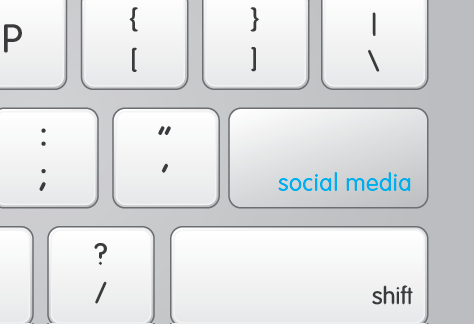
Anti-Social | Asocial | Associated: Mapping the Social in Social Media
Sy Taffel
Read Abstract Read Article
Massey University, Palmerston North, NZ
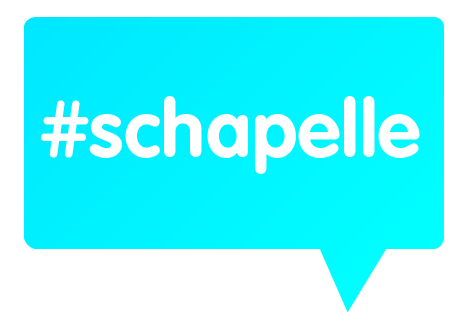
Searchable talk: The linguistic functions of hashtags in tweets about Schapelle Corby
Michele Zappavigna
Read Abstract Read Article
University of New South Wales, Australia

Red Bags and WeChat (Wēixìn): Online collectivism during massive Chinese cultural events
Kyle Holmes
Read Abstract Read Article
University of Newcastle, Australia
Mark Balnaves
University of Newcastle, Australia
Yini Wang
PhD Candidate, University of Newcastle, Australia
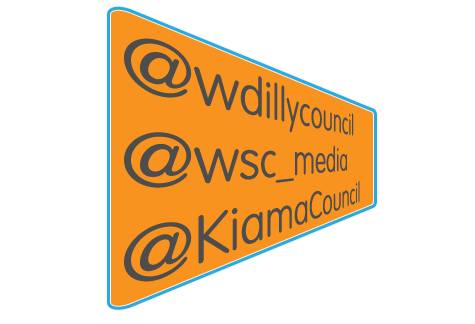
Social Networks as Sites of e-Participation in Local Government
Travis Holland
Read Abstract Read Article
University of Wollongong, Australia

The Virtual and the Vegetal: Creating a ‘Living’ Biocultural Heritage Archive through Digital Storytelling Approaches
John Charles Ryan
Read Abstract Read Article
Edith Cowan University, Australia
Book Reviews
-
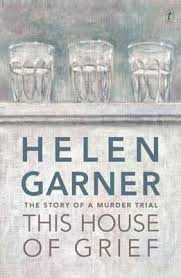
This House of Grief: The Story of a Murder Trial
Sarah Barratt
Read Review
RMIT University, Australia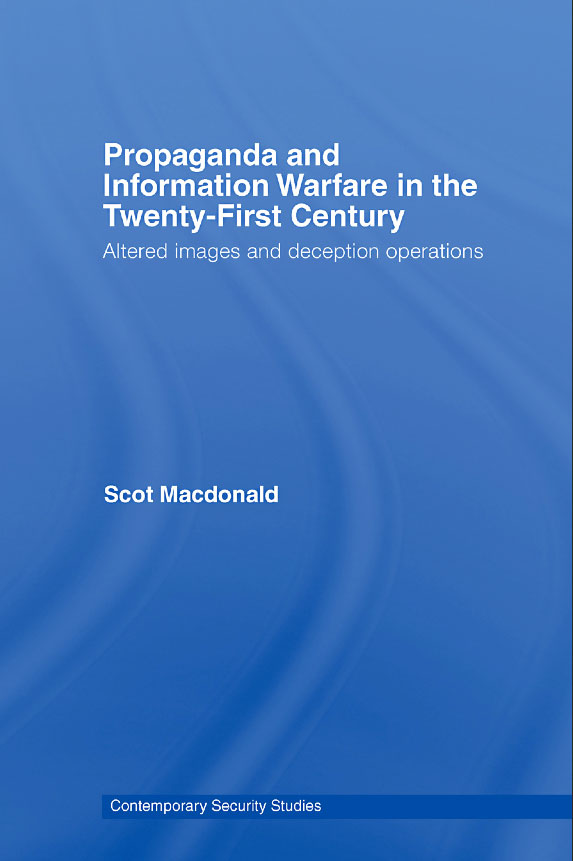
Propaganda and Information Warfare in the Twenty-First Century: Altered Images and Deception Operations
Majid Khan
Read Review
RMIT University, Australia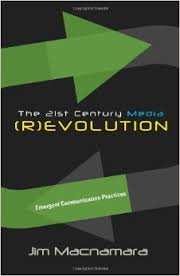
The 21st Century Media (R)evolution: Emergent Media Practices
Roger Dawkins
Read Review
University of Western Sydney, Australia
Journalism & PR: Unpacking ‘Spin’, Stereotypes, and Media Myths
Caroline Fisher
Read Review
University of Canberra, Australia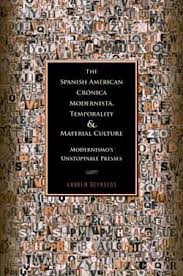
The Spanish American Crónica Modernista, Temporality & Material Culture
Antonio Castillo
Read Review
RMIT University, Australia

Abstract
This paper proposes that electronic social network sites (SNS) make visible forms of participatory behaviour to which local governments must respond. Groups and individuals – publics – operating in diverse ways for diverse purposes, propagate and respond to communication by local governments via SNS and, in doing so, practice electronic e-participation. In addition to alternate channels of communication, SNS can facilitate alternate forms of participatory behaviour online, but there is little alignment between public perceptions of these emerging practices and local government behaviours in the same space. The publics seeking to engage with local governments on SNS, expect that their participation should be both sought and valued, but local governments are active on social networks for different purposes, primarily information sharing. A study of the main social network channels of five local governments, in and around the Illawarra region of New South Wales, reveals that local governments are neither aware of this shift in public e-participation expectations, nor equipped to understand them. In particular, certain forms of e-participatory behaviour are not recognised by the local governments as genuine forms of participation. Nonetheless, there are some promising signs that local governments are making efforts to acknowledge and respond to publics and individuals on SNS, pointing to opportunities for more active engagement between publics and councils.